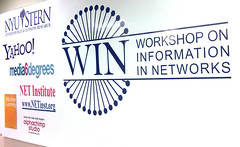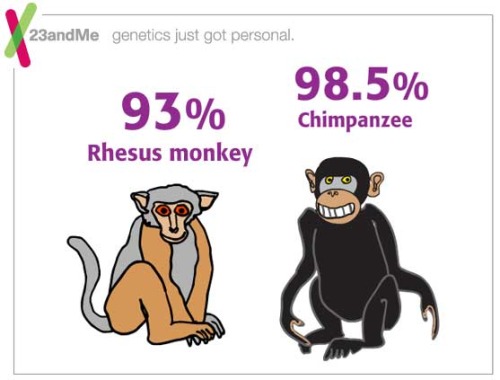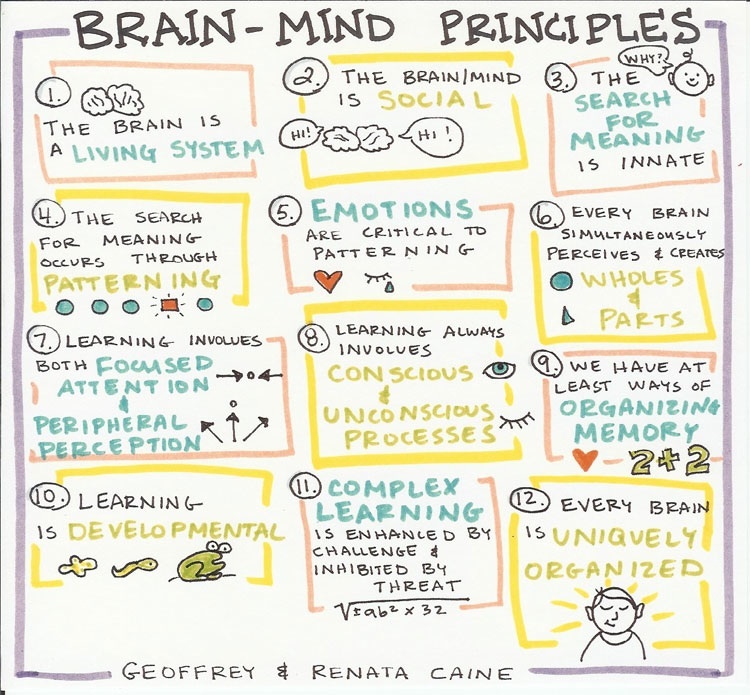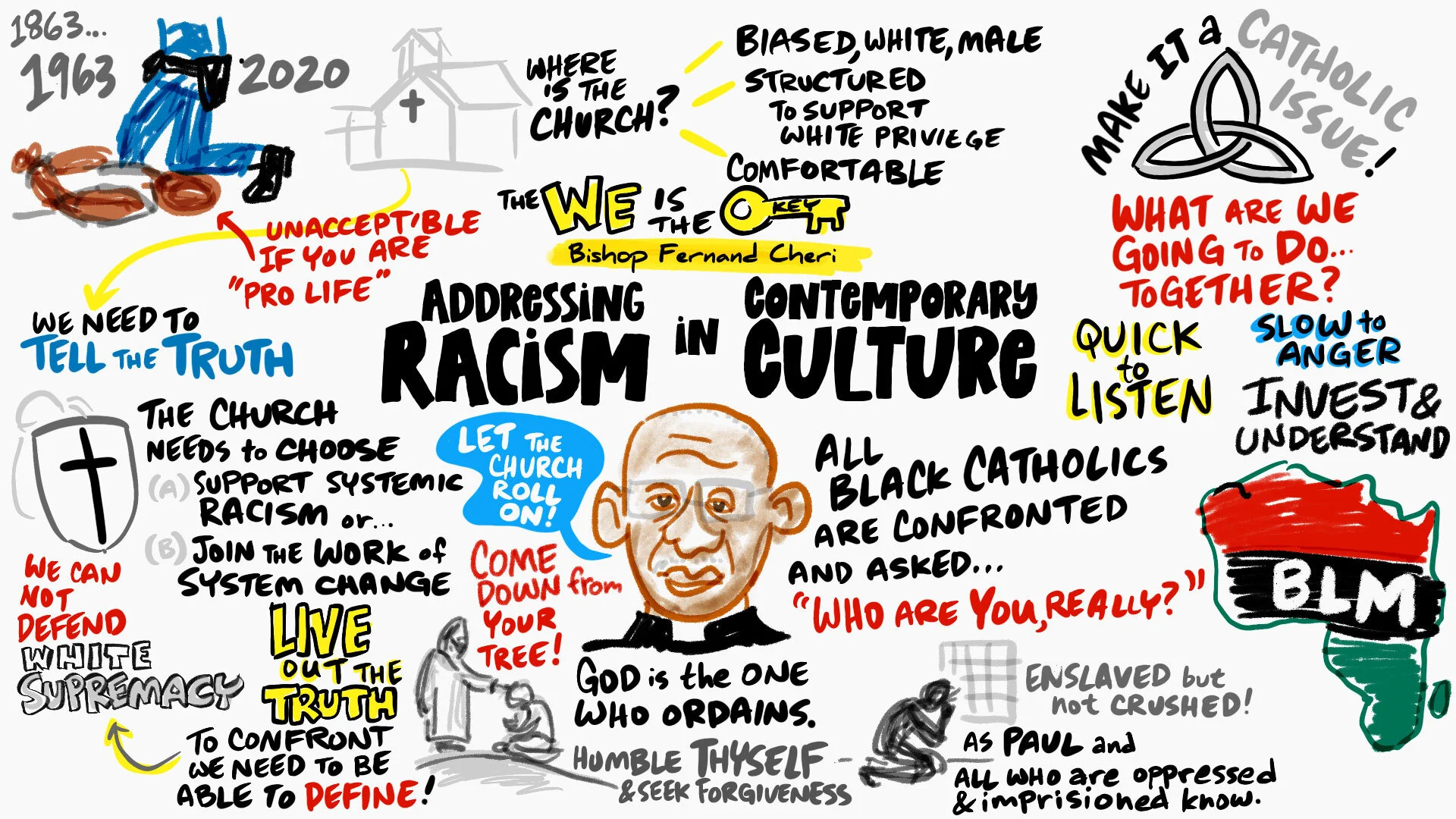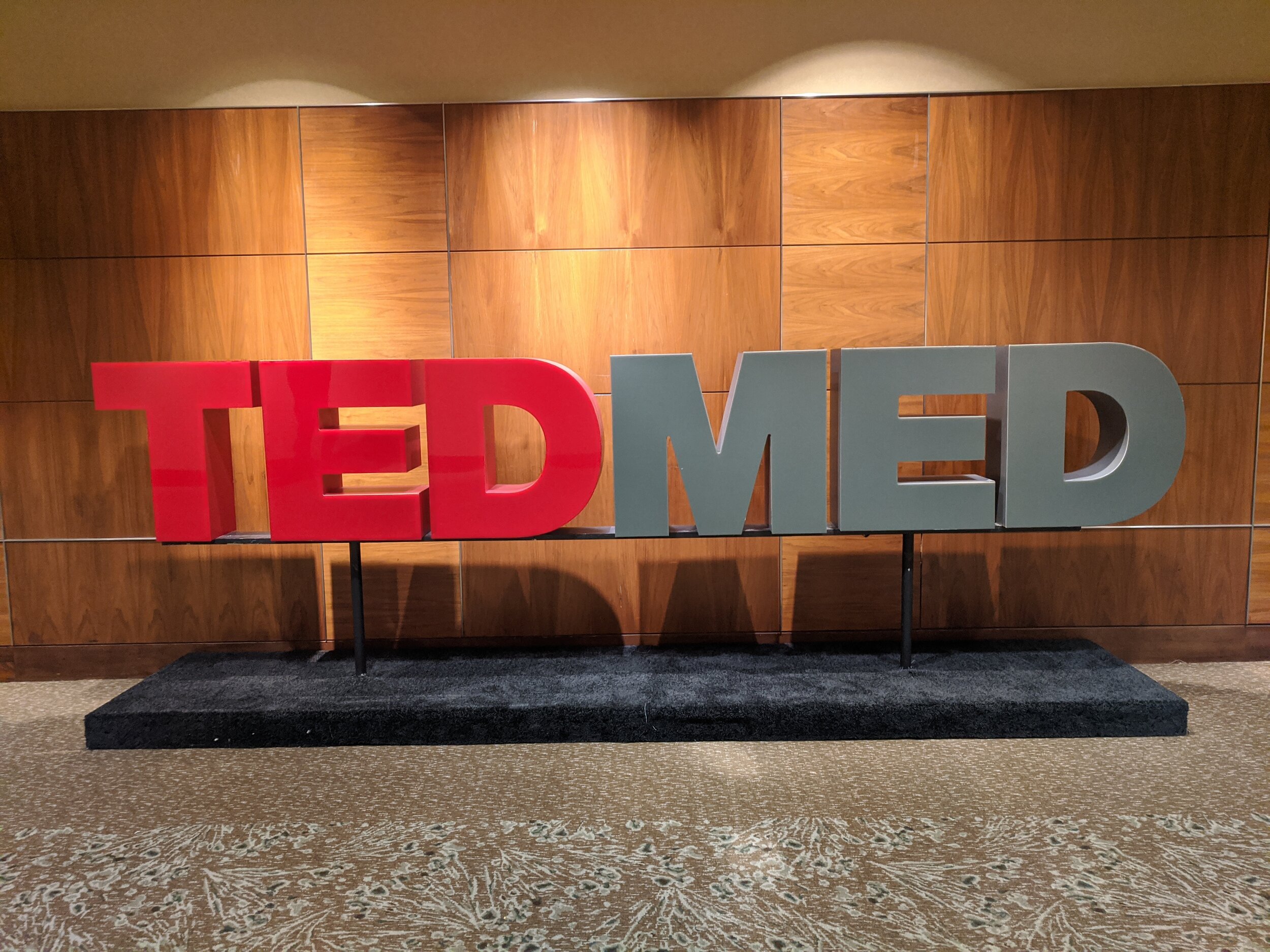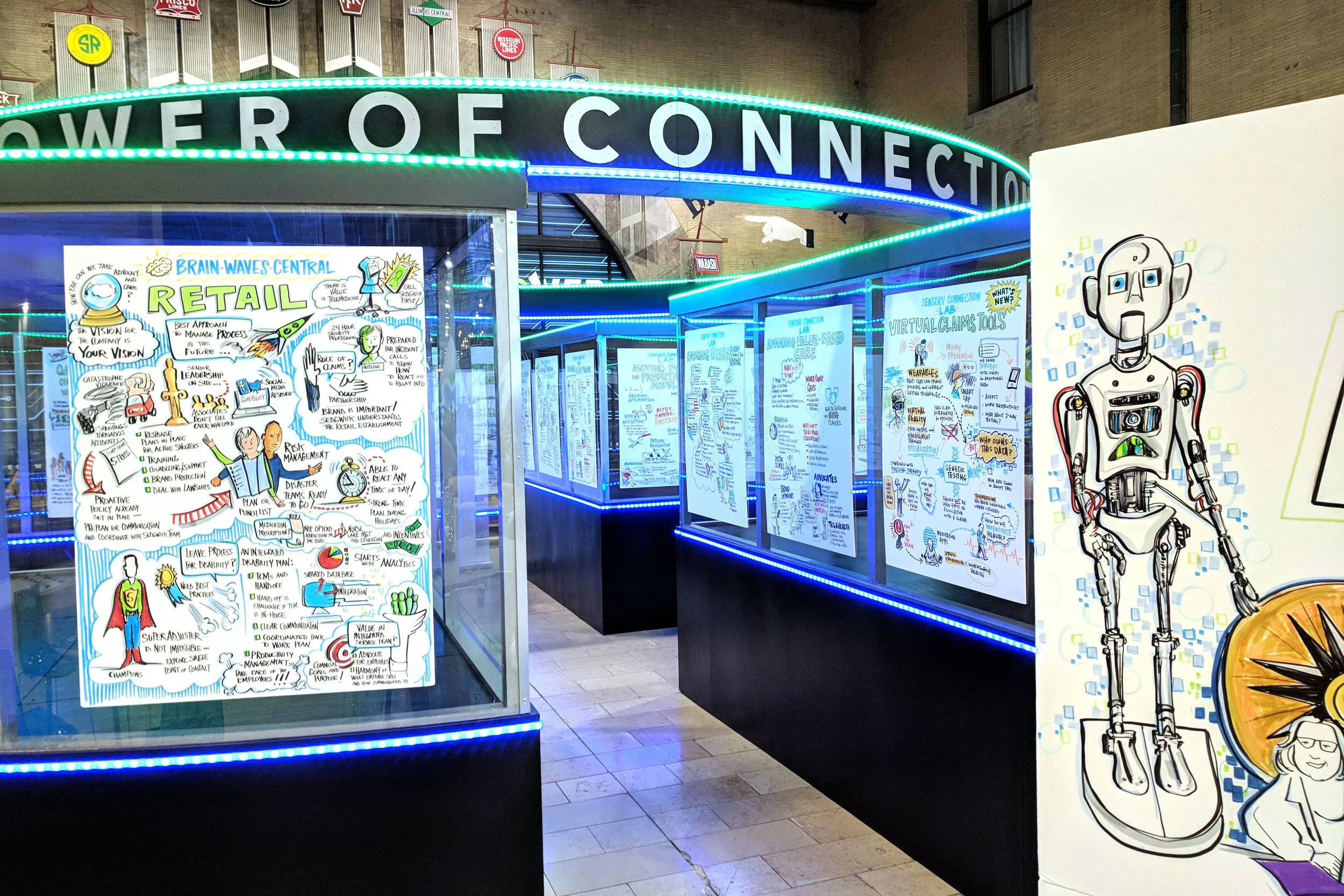A Recipe for Success: Skill, Knowledge & Attitude
/To acquire a new skill, we may follow a recipe, or maybe we cook by instinct and follow our gut. Either way it requires us to begin. From there, the path involves cultivating three these three things. Let’s define each of these elements in the context of being a service professional learning something new.
Read More





